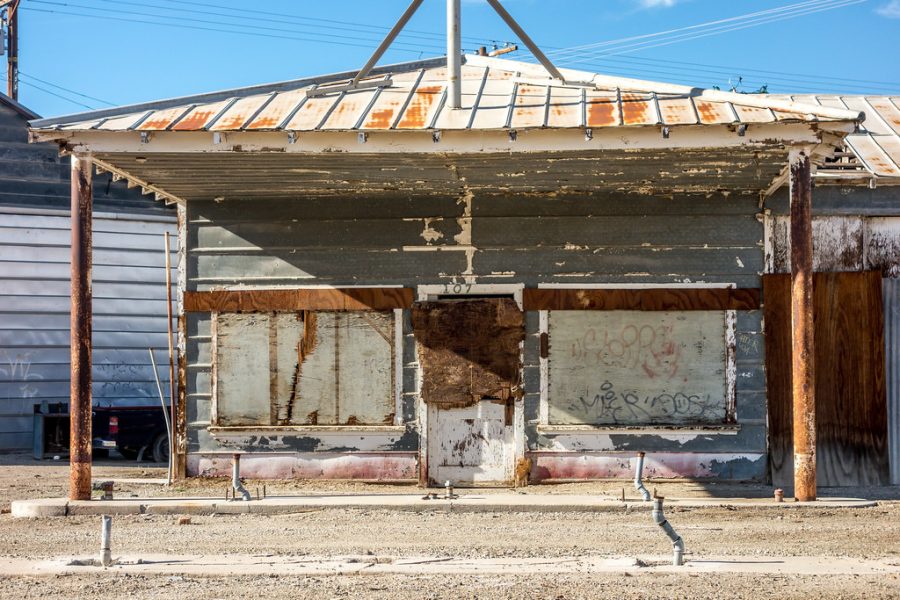At the Mercy of Inflation
Two years after the pandemic began, small businesses continue to struggle.
"Out of business" by kevin dooley is licensed under CC BY 2.0.
Persistent inflation has preyed upon the vulnerabilities of America’s small businesses.
October 20, 2022
99.9% of all businesses in the US are small businesses as of 2022. Not only are most businesses small, but they also are the most significant creator of jobs in the US, generating the majority of new jobs. Essentially, small businesses are the backbone of the United States economy, yet they are one of the most vulnerable at present.
Perhaps there isn’t a concrete answer to this issue. The reasons how and why small businesses are struggling are multifaceted. However, they can generally be traced to the pandemic, during which the overall number of business owners dropped by over three million due to COVID-19 mandates and health and economic-driven demand shifts. 50% of small businesses reported a loss from the pandemic. COVID-19 might have not started small business struggles, but it certainly exacerbated existing issues beyond capacity.
Now small businesses have a new issue to face: inflation. A direct result of the pandemic, inflation has been affecting American businesses more stringently in recent times. As of May 2022, inflation hit 8.6%, the highest it has been in four decades. Unfortunately, many small businesses are not able to cope with this pressure. The results of inflation on small businesses are more than concerning. Two in three businesses may permanently close if inflation continues at this rate, with 95% saying the inflation rate is alarming.
The loss of more than 60% of America’s small businesses would be devastating to the US economy amidst an impending recession. As small businesses employ the majority of the adult population and sustain tens of millions of livelihoods, rampant inflation could prove ruinous.
Another issue exacerbated by the pandemic is the worker shortage. The pandemic caused more than 47 million people to quit their jobs, prompting the Great Resignation. This extent of the worker shortage impacted nearly all facets of the US economy. However, the sector that was the most negatively affected was small business.
Bill Dunkelberg, Chief Economist for the National Federation of Independent Businesses, believes that, although small businesses have their fair share of issues, worker shortages remain at the top, especially after the pandemic.
“Staffing shortages have limited small business owners’ ability to fully take advantage of current sales opportunities, and they continue to adjust business operations to compensate,” Dunkelberg said in a monthly job report earlier this month.
In the wake of the pandemic, small businesses have significant opportunities to expand, but 64% of small businesses reported hiring or trying to hire in September 2022, and 89% percent of those owners reported few or no qualified applicants for their open positions — and almost half of these owners raised their minimum wage this past September.
Eric Groves, CEO of Alignable, does not doubt that inflation and worker shortages are serious concerns for small businesses.
“We’re seeing this double whammy,” he told CNN. “It’s harder to find people, and the costs are going up.”
Consumers play a small role in helping small businesses rebound by buying local products and services. But during the pandemic, another type of small business became successful. Over 20 million online micro-businesses were created during the pandemic, giving conscientious consumers an alternative option.
In reality, however, without curbing inflation, the cycle of high prices and worker shortages will likely continue. As Harry Holzer, a professor of public policy at Georgetown University, told CNN, “Anytime you lose jobs, it reduces the overall health of the local labor market.”












